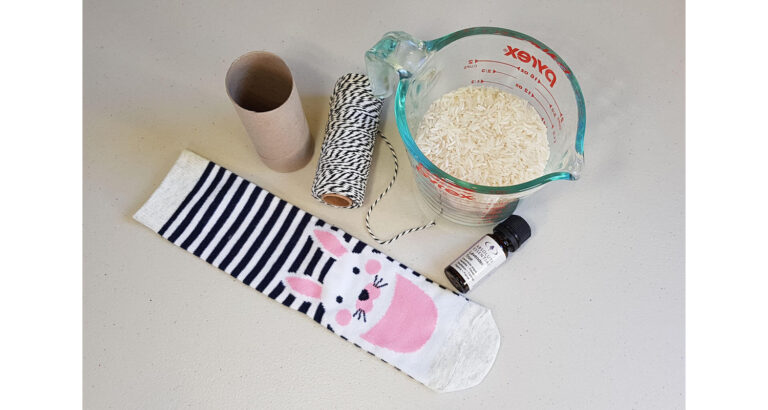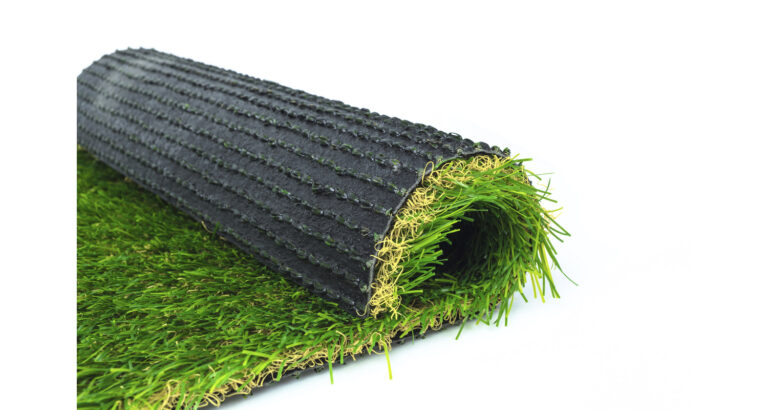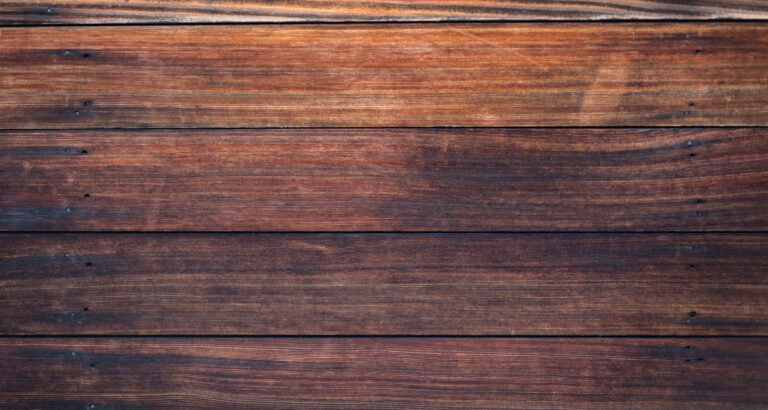Discover the transformative art of Stain painted wood. This innovative technique allows you to revitalize furniture, decor, and wooden items, adding depth and character to existing surfaces. Unleash your creativity as we explore the exciting world of Staining over paint, creating stunning results with endless possibilities.
Staining painted wood is a creative technique that breathes new life into furniture and wooden items. Applying Stain over paint can achieve unique effects, such as faux wood grain or rich color variations. Unlock the potential of this method to revitalize your décor and showcase your artistic flair. Here is a guide on The Make Arcade- Felt Succulent. Here is a focus on Conker Pumpkins.
Reading an article on Stain painted wood provides valuable insights into a transformative and artistic technique. Discover the step-by-step process, safety considerations, and various effects achieved through this method. Unlock the potential to revitalize furniture and decor, making informed choices to create stunning and personalized results.
See also: Transforming Wood: The Debate Between Staining Vs Painting
Understanding the Basics of Stain Painted Wood
Staining over paint is a method used to change the presence of painted wood surfaces. In contrast to conventional Staining, where the color enters and upgrades the usual grain of incomplete wood, Staining over paint includes applying color on top of a currently painted surface.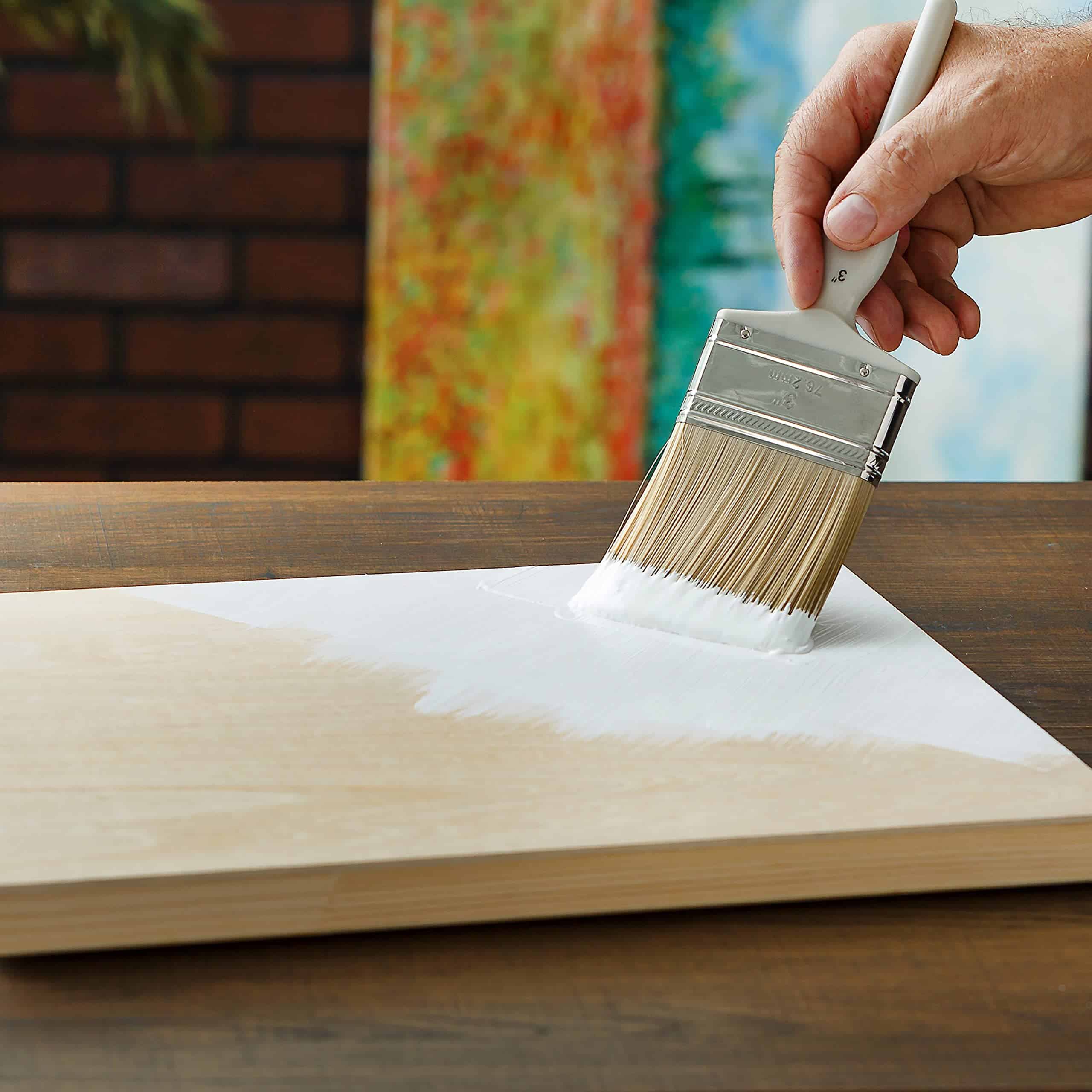 It’s fundamental to set up the painted surface to accomplish success appropriately. This includes careful cleaning, sanding to make a harsh surface for the Stain to stick to, and guaranteeing the paint is in great shape without chipping or stripping.
It’s fundamental to set up the painted surface to accomplish success appropriately. This includes careful cleaning, sanding to make a harsh surface for the Stain to stick to, and guaranteeing the paint is in great shape without chipping or stripping.
The method involved with Staining over paint is not quite the same as Staining incomplete wood. Incomplete wood promptly retains the color, creating a more profound and uniform tone.
Conversely, while Staining over paint, the Stain will generally sit on a superficial level and make a clear impact, permitting the fundamental paint tone to impact the last debut.
The possible consequences of Staining over paint can change altogether contingent upon elements, for example, the sort and shade of the paint, the kind of Stain utilized, and the surface readiness.
The dye may sometimes not take well to the painted surface, prompting a lopsided or smeared color.
Nonetheless, when done handily, Staining over paint can make exceptional and creative impacts, giving the painted wood an endured or antiqued appearance.
Before endeavoring to Stain over paint, it’s fitting to direct a little test in an unnoticeable region to check the end product. She was, moreover, looking for direction from an expert or improving results while utilizing this whimsical Staining strategy.
See also: Zipped Burger Pouch
How to Stain Over Painted Wood: When to Start
Staining over paint can be an imaginative and pragmatic answer for explicit ventures. However, picking reasonable surfaces and circumstances is fundamental. Here are a few occurrences when it is proper to Stain over paint:
Endured Look:
If you want an endured or provincial appearance for furniture or a wooden stylistic layout, Staining over paint can accomplish that rare look.
Artificial Wood Grain:
Staining over paint can make false wood grain impacts on surfaces like entryways or cupboards, impersonating the vibe of regular wood.
Layered Completions:
For a Stained and imaginative get-done, layering paint and color can make a novel and eye-getting impact on different wooden things.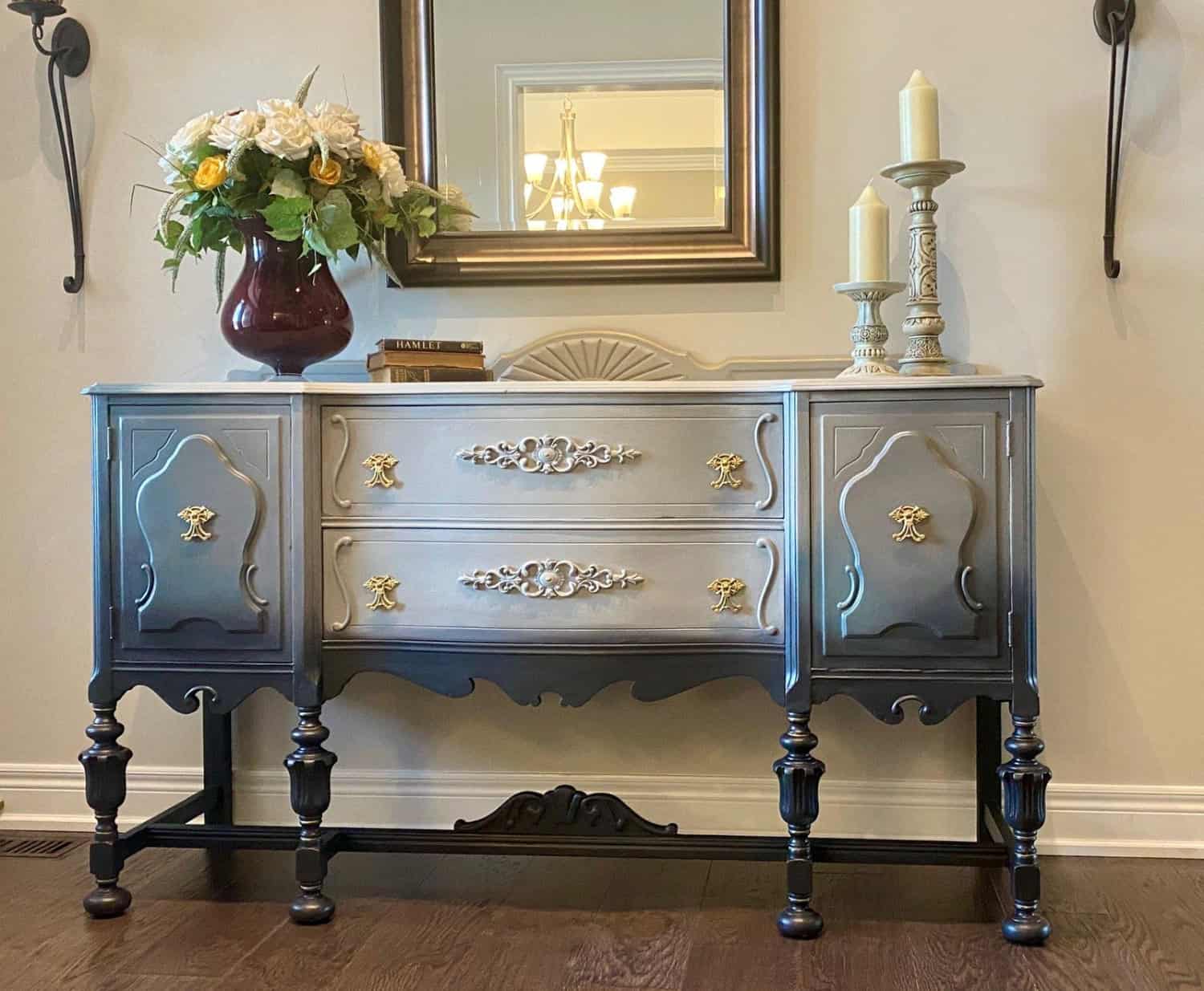 Instances of changes utilizing Stain over paint incorporate transforming a plain white dresser into a beguiling antique-style piece with a troubled completion.
Instances of changes utilizing Stain over paint incorporate transforming a plain white dresser into a beguiling antique-style piece with a troubled completion.
Another model is refreshing a dated wooden table with a new layer of paint, trailed by Staining to add profundity and character.
At last, Stain painted wood offers adaptability and vast opportunities for hoisting the presence of furniture, apparatuses, and style things in creative and innovative ways.
Safety Considerations for Staining Over Paint
While Staining over paint, well-being ought to be a primary concern. Here are significant security contemplations:
Very much Ventilated region:
Work in a very much ventilated space to forestall breathing in exhaust from the Stain and any potential synthetic substances utilized for surface readiness.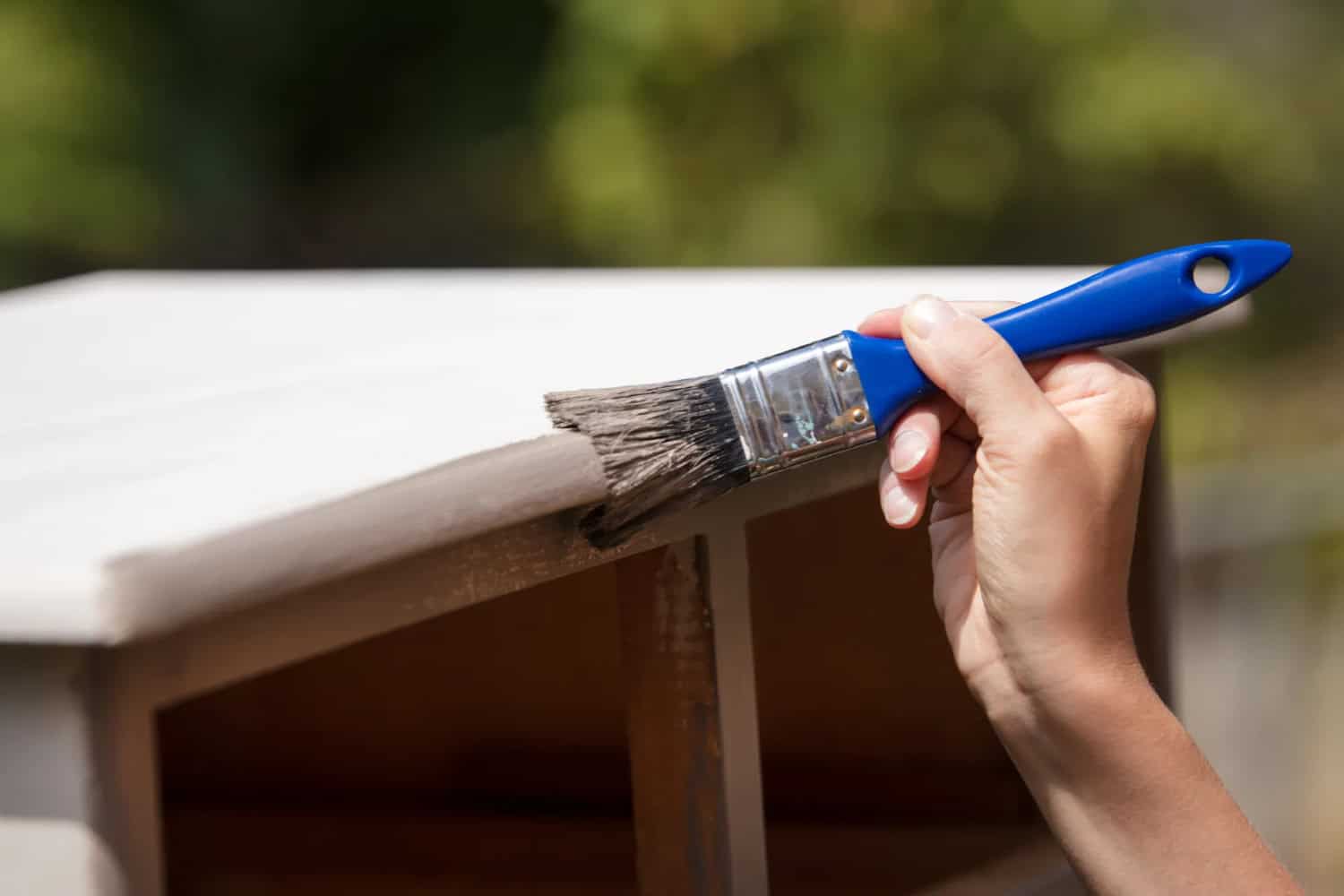
PPE:
Wear suitable PPE, for example, gloves and well-being goggles, to shield your skin and eyes from compound openness.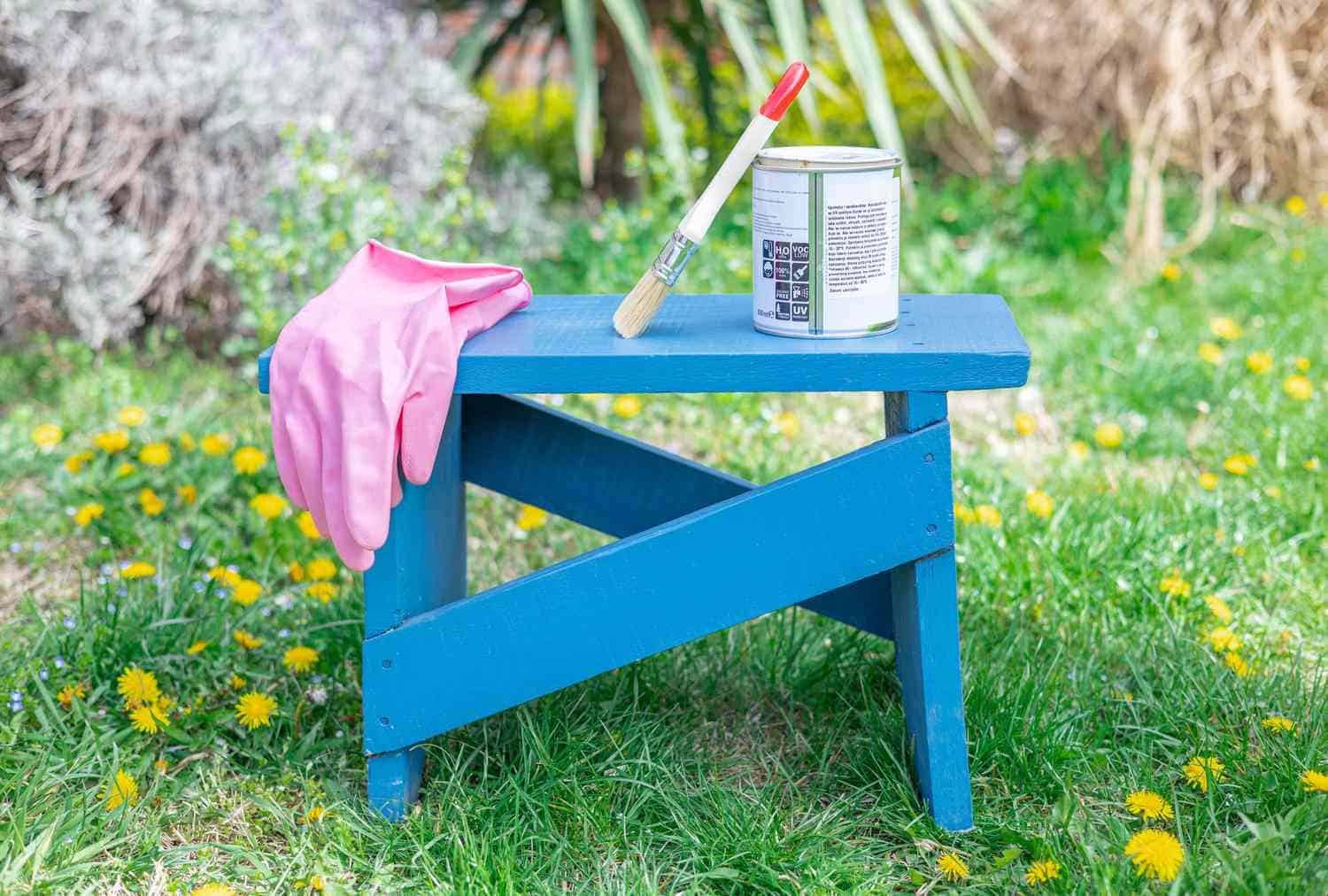
Surface Arrangement:
Guarantee legitimate surface readiness, including sanding and cleaning, to avoid unfriendly responses between the paint and mess.
Adhere to Producer’s Directions:
Comply with the Stain maker’s rules for utilization, application, and drying times.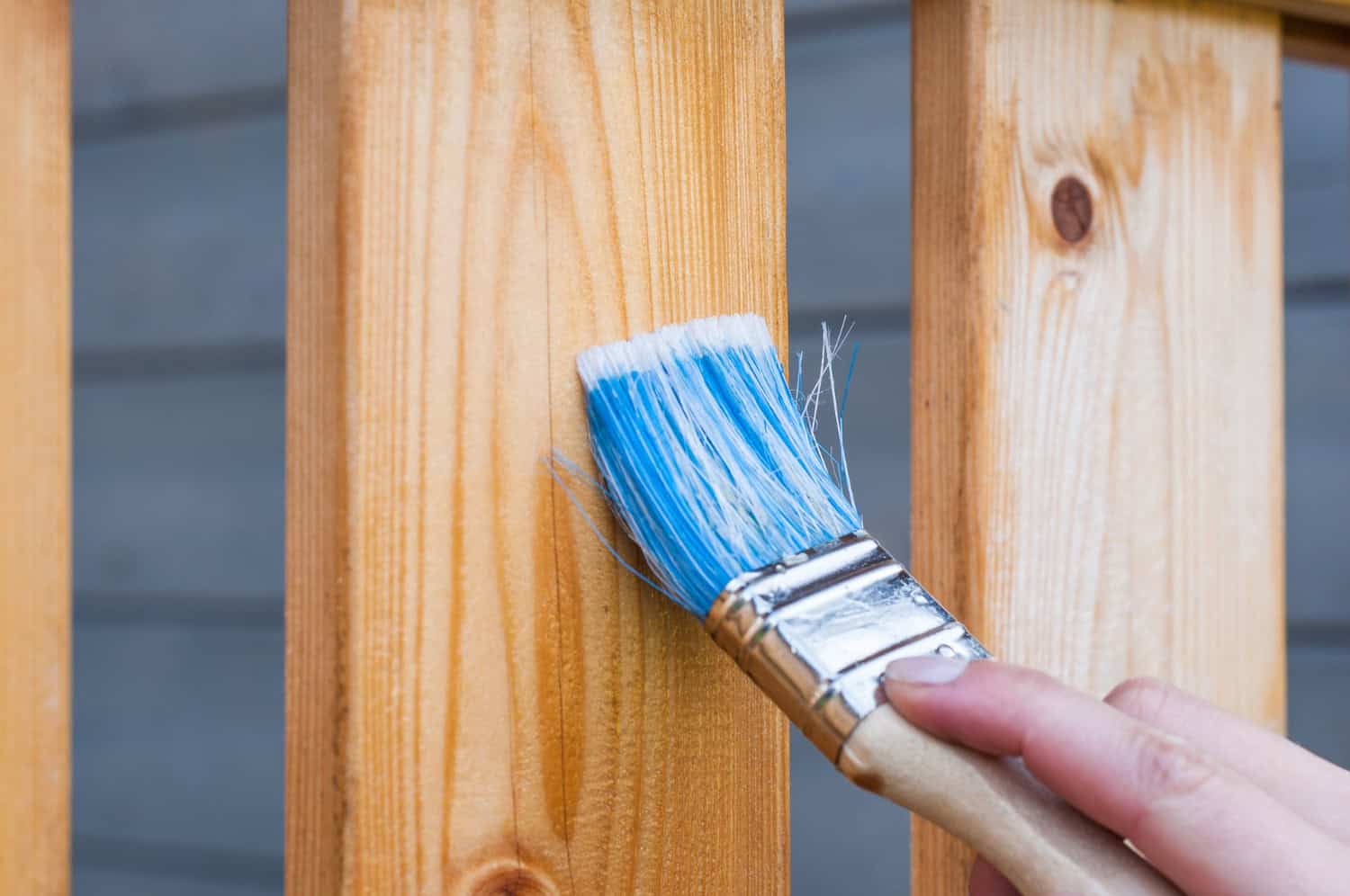
Discard Materials Securely:
Appropriately discard any pre-owned materials or hazardous waste as indicated by nearby guidelines.
By focusing on security measures, you can use the innovative strategy of Staining over paint while limiting possible dangers to your well-being and the climate.
Troubleshooting Tips for Staining Over Paint
Staining over paint can bring about an unmistakable and creative completion.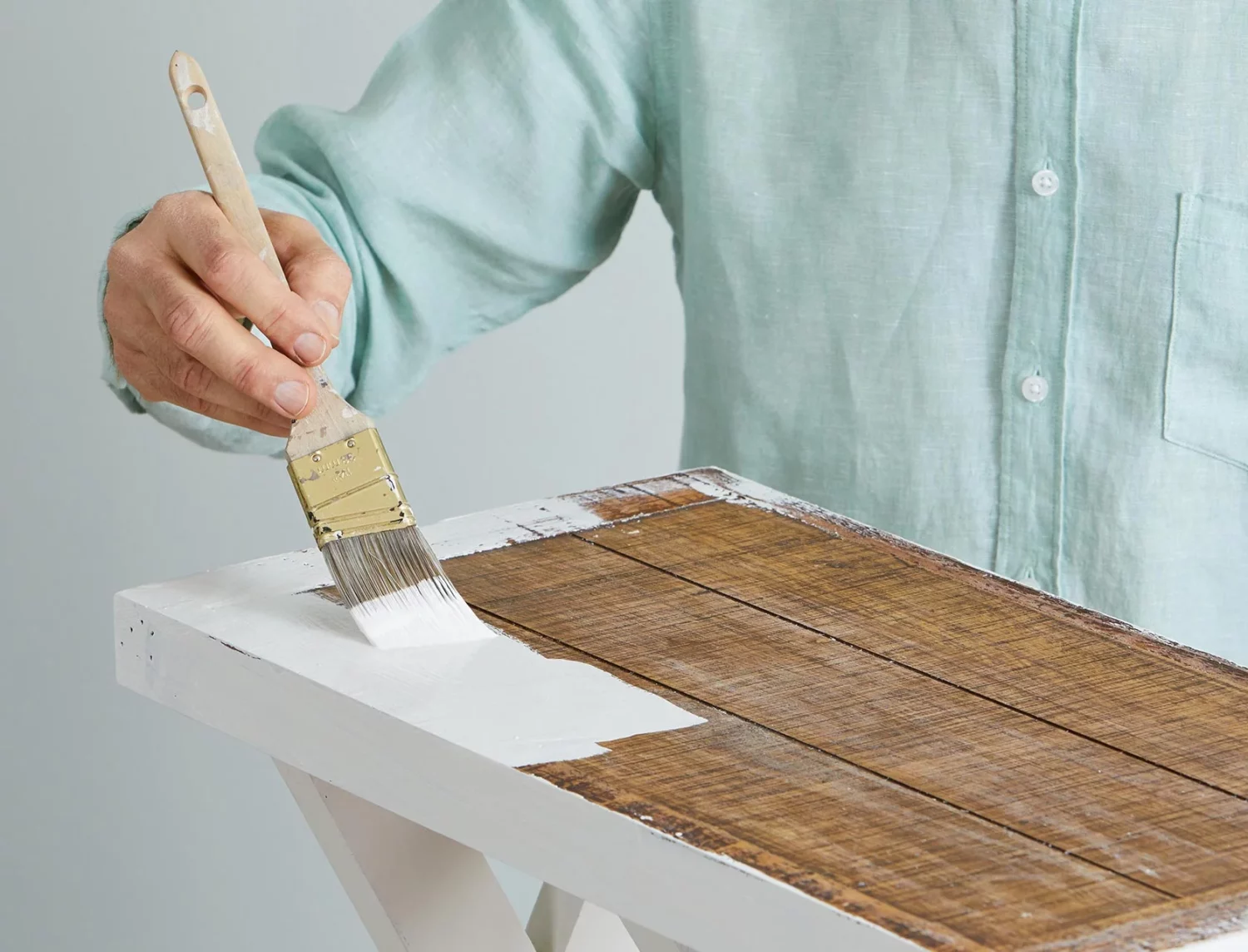 However, investigating potential challenges is fundamental. Here are a few hints to resolve regular issues:
However, investigating potential challenges is fundamental. Here are a few hints to resolve regular issues:
Embrace the Novel Look:
Staining over paint makes a clear impact, permitting the paint tone to impact the last debut. Embrace the unusualness of the result, as it adds character and profundity to the undertaking.
Paint Wraps up:
The paint Stain (e.g., shiny, glossy silk, matte) influences how well the color sticks—Roughen reflexive surfaces with sandpaper to develop Stain assimilation further.
Silicone Caulking:
Stain doesn’t stick well to silicone, so eliminate or supplant silicone caulking before Staining. Utilize reasonable caulking for wood projects.
Unlocked Wood Clay:
Unlocked wood clay may not take the color consistently. Seal it before Staining to forestall lopsided outcomes.
Test on Piece:
Before Staining the whole task, test the color on a little piece of painted wood to check the variety and similarity with the current paint.
Surface Planning:
Appropriately perfect, sand, and set up the surface to guarantee better Stain grip and a smoother general Stain.
By understanding the Staining system, recognizing the novel result, and resolving potential issues proactively, you can accomplish excellent and fulfilling results while Staining over paint.
Step-by-Step Guide on How to Stain Painted Wood
Follow these steps:
1. Setting up the Workspace:
Start by setting up a ventilated work area, ideally outside, to guarantee legitimate air dissemination and try not to breathe in vapor. 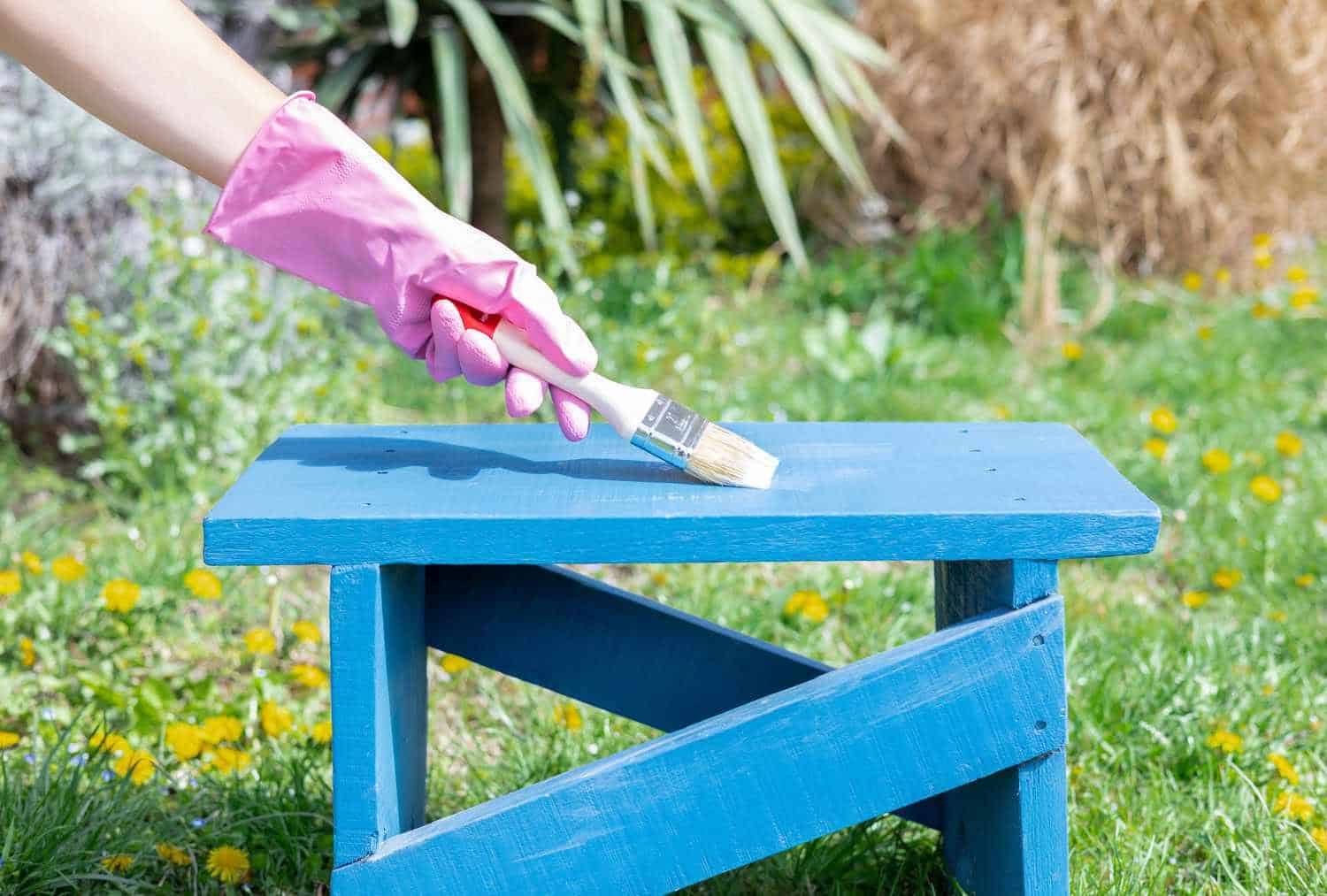 Set down drop materials to safeguard the encompassing region from spills or splatters.
Set down drop materials to safeguard the encompassing region from spills or splatters.
2. Testing and Evaluating the Painted Surface:
Before continuing, test a little subtle region of the painted surface with the pickled Stain.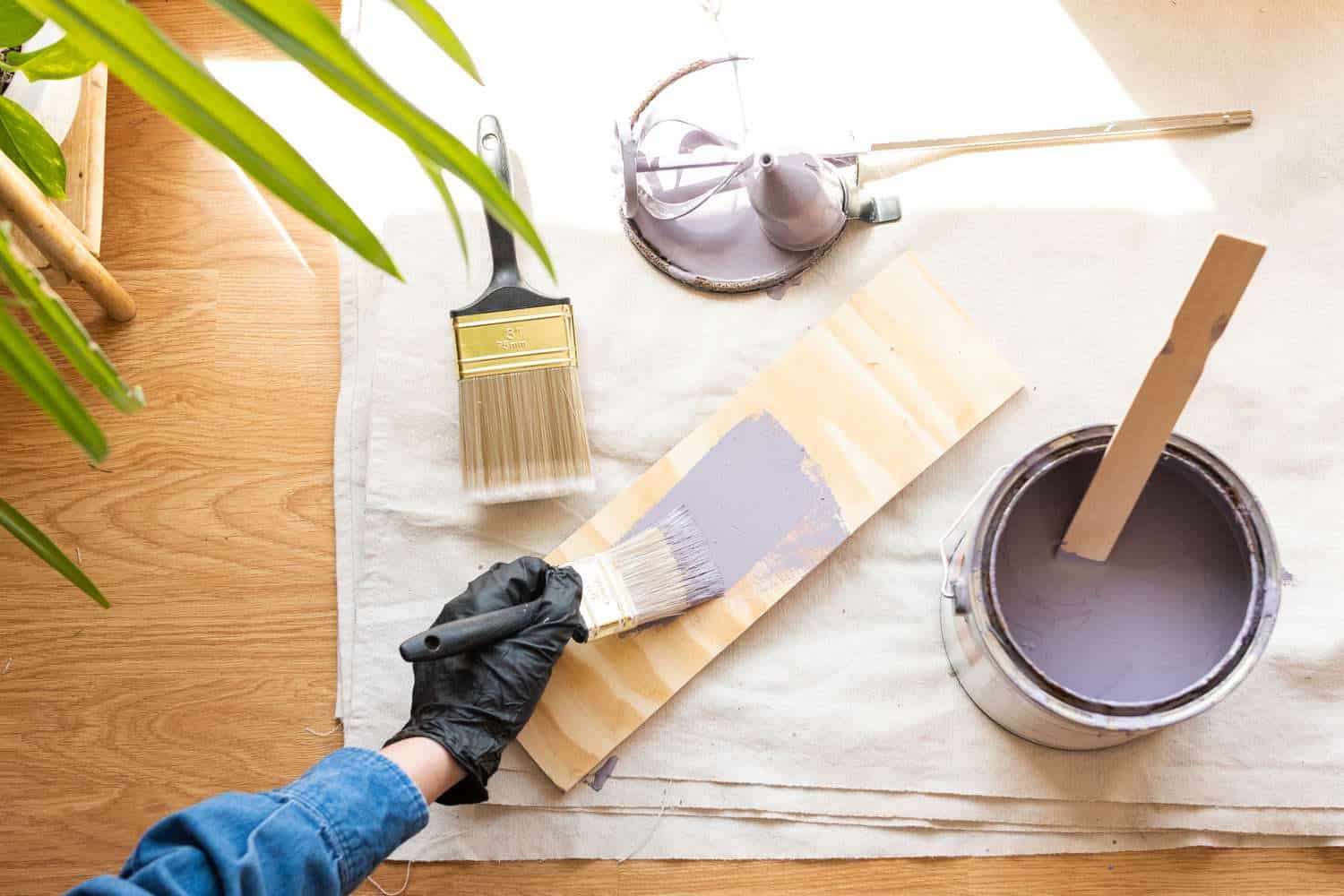 This test will assist you with deciding how the color cooperates with the current paint and the last variety result.
This test will assist you with deciding how the color cooperates with the current paint and the last variety result.
Survey the painted surface for any chipping, stripping, or flaws that might influence the Stain application.
3. Sanding the Surface:
To guarantee a legitimate mess grip, utilize fine-coarse sandpaper to make an unpleasant surface on the painted surface. 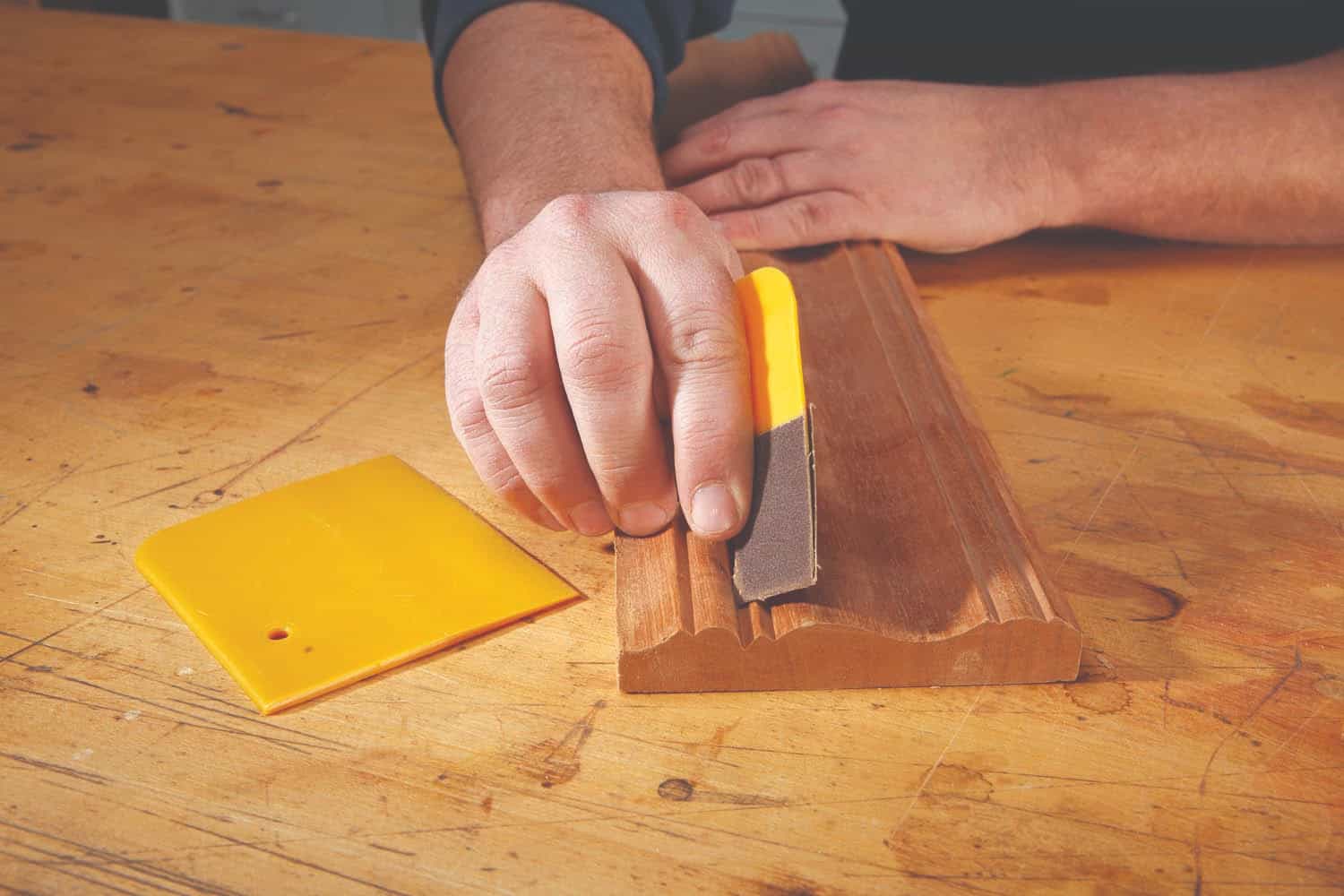 This helps the Stain infiltrate and stick to the paint. Wipe away any sanding dust with a spotless, clammy fabric.
This helps the Stain infiltrate and stick to the paint. Wipe away any sanding dust with a spotless, clammy fabric.
4. Blending and Applying the Stain:
Mix the Stain entirely before applying it to guarantee an even variety of dissemination. Contingent upon the ideal impact, pick between gel Stain for a more controlled application or fluid paint for a customary application. Utilize an excellent brush or build-up-free fabric to apply the color in smooth, even strokes following the wood grain. Click here to determine the most suitable brush for your artistic needs.
Utilize an excellent brush or build-up-free fabric to apply the color in smooth, even strokes following the wood grain. Click here to determine the most suitable brush for your artistic needs.
For a fake wood-grain look, utilize a perfect dry brush or a cloth to make unobtrusive examples in the wet color.
5. Allowing the Stain To dry:
Permit the Stain to dry as indicated by the producer’s directions. This requires several hours to expedite, contingent upon the Stain type and ecological circumstances.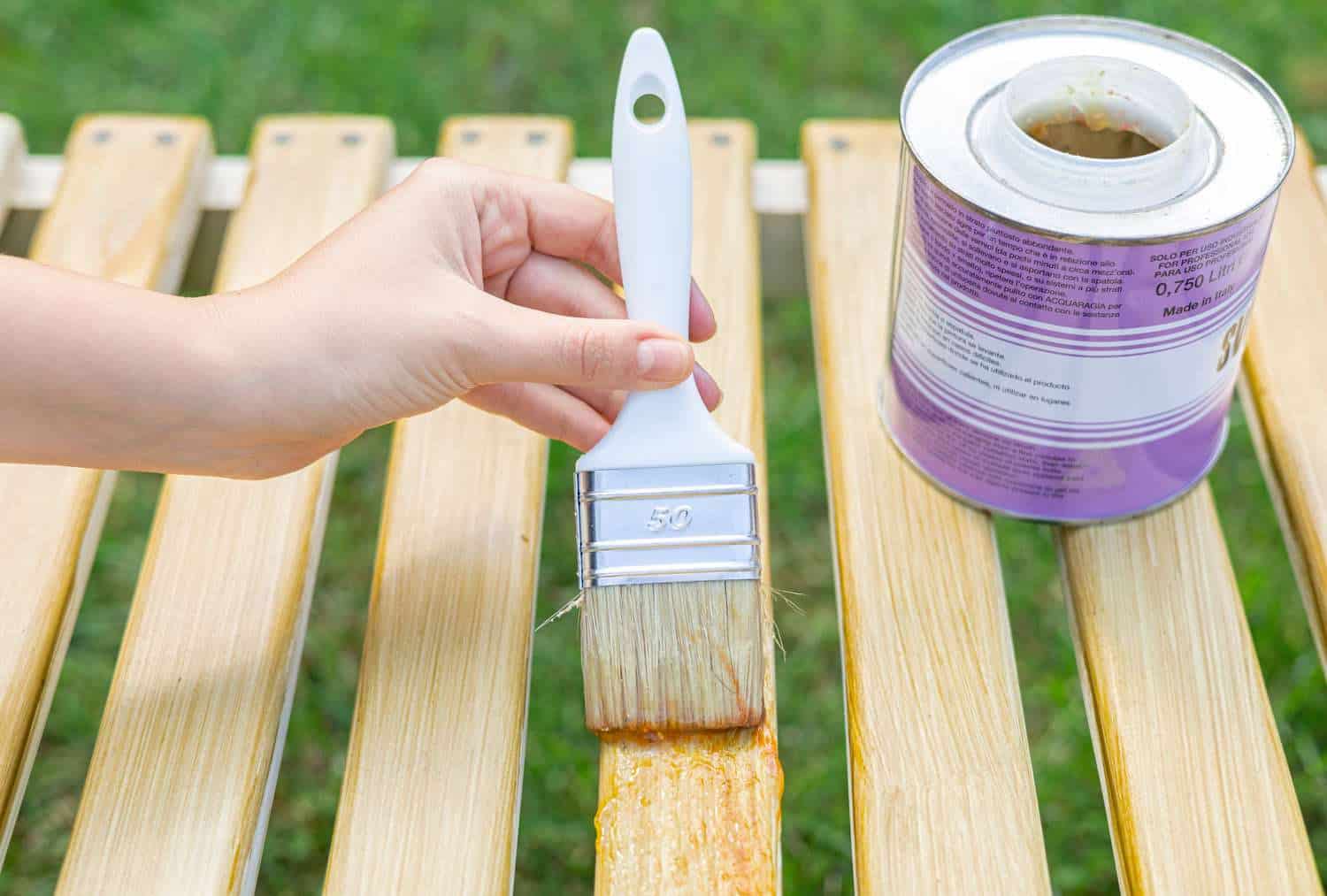 Abstain from contacting or upsetting the Stained surface during the drying system.
Abstain from contacting or upsetting the Stained surface during the drying system.
6. Accomplishing a False Wood-Grain Look or a Smooth Look and Feel:
For a false wood-grain look, apply extra layers of color utilizing a dry brush or cloth, softly hauling it across the surface to make the ideal grain impact. 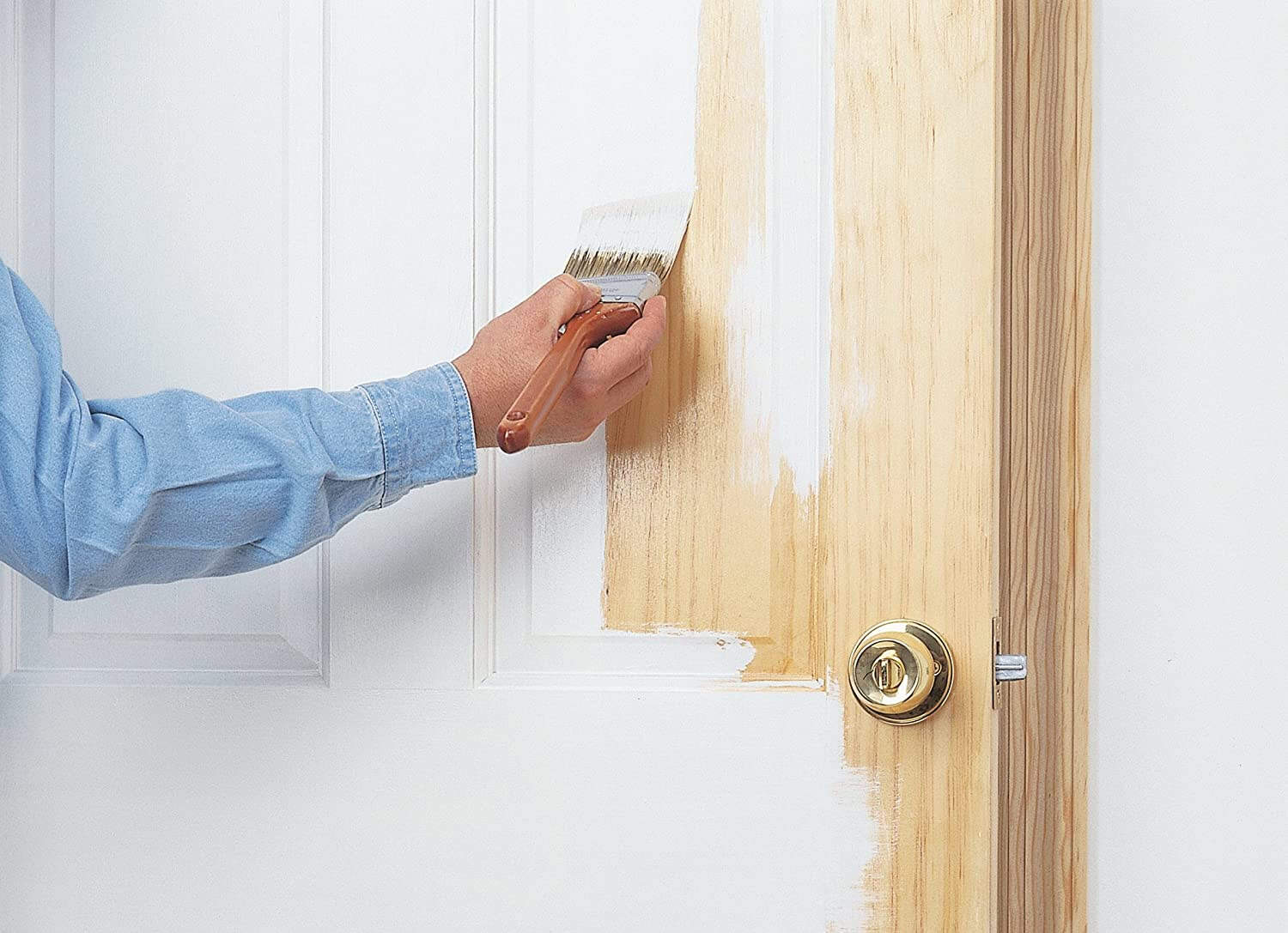 For a smooth complexion, apply a reasonable wood Stain, for example, polyurethane or lacquer, when the color is completely dry. This step upgrades the Stain’s solidness, adds sparkle, and safeguards the surface.
For a smooth complexion, apply a reasonable wood Stain, for example, polyurethane or lacquer, when the color is completely dry. This step upgrades the Stain’s solidness, adds sparkle, and safeguards the surface.
Staining over paint considers inventive and exciting changes of painted surfaces, offering fake wood-grain impacts or a smooth and rich completion.
By adhering to these bit-by-bit directions and practicing persistence, you can accomplish a shocking and customized outcome that raises the look and feel of your venture.
Make sure to work cautiously and securely, safeguarding your workspace and yourself.
Tips on How to Stain Over White Painted Wood
Follow these steps to resolve your queries of “how to tea stain painted wood?” Or “How to stain a painted wood trim?”.
Choosing Suitable Implements:
Utilize the proper implements in light of the Stain you’re utilizing. For oil-based smudges, use regular fiber brushes or build-up-free materials.  For water-based paints, decide on manufactured meetings or froth implements. Utilizing suitable devices guarantees smoother and more even Stain application.
For water-based paints, decide on manufactured meetings or froth implements. Utilizing suitable devices guarantees smoother and more even Stain application.
Application Methods:
Apply the color toward the wood grain for a consistent and proficient completion—work in little segments to avoid the Stain drying excessively fast, which could bring about lopsided variety.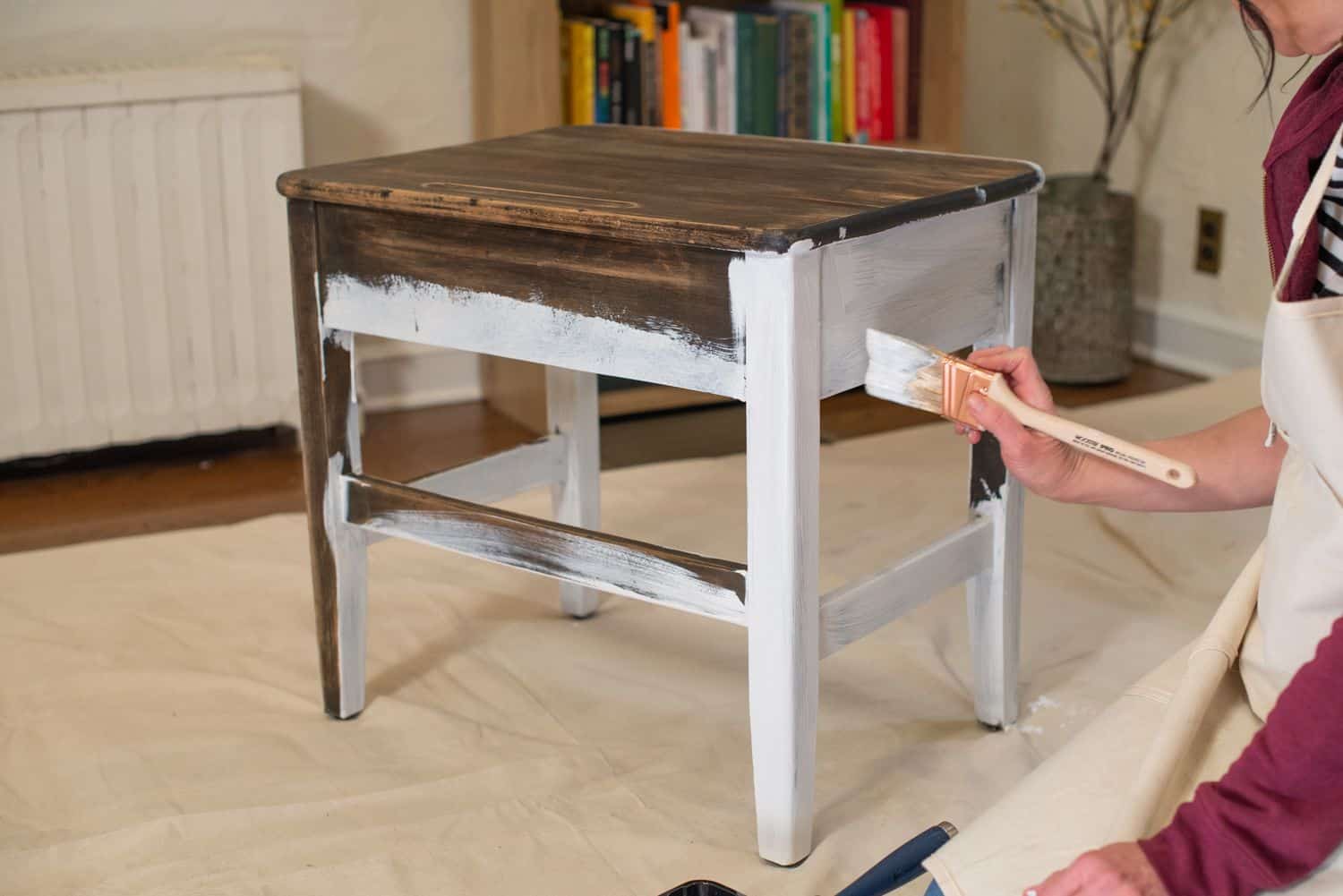 For a fake wood-grain impact, explore different avenues regarding different brush strokes or ragging strategies to make exciting examples.
For a fake wood-grain impact, explore different avenues regarding different brush strokes or ragging strategies to make exciting examples.
Layering for Profundity:
To accomplish a more extravagant variety or escalate the wood-grain impact, consider applying various layers of color. Permit each layer to dry completely before applying the following. The more covers you add. The more profound and more articulated the variety and the surface will be.
The more covers you add. The more profound and more articulated the variety and the surface will be.
Mixing Tones:
Try different things by mixing different Stain tones to accomplish custom shades and extraordinary impacts.  Mix Stains before applying them or layer them over one another while wet to make an intriguing variety of varieties.
Mix Stains before applying them or layer them over one another while wet to make an intriguing variety of varieties.
Seal and Secure:
When the Stain has dried, apply an unmistakable topcoat, like polyurethane or paint, to safeguard the Stained surface and upgrade its life span. Pick the proper coat given your task’s requirements, like sparkle, glossy silk, or matte completions.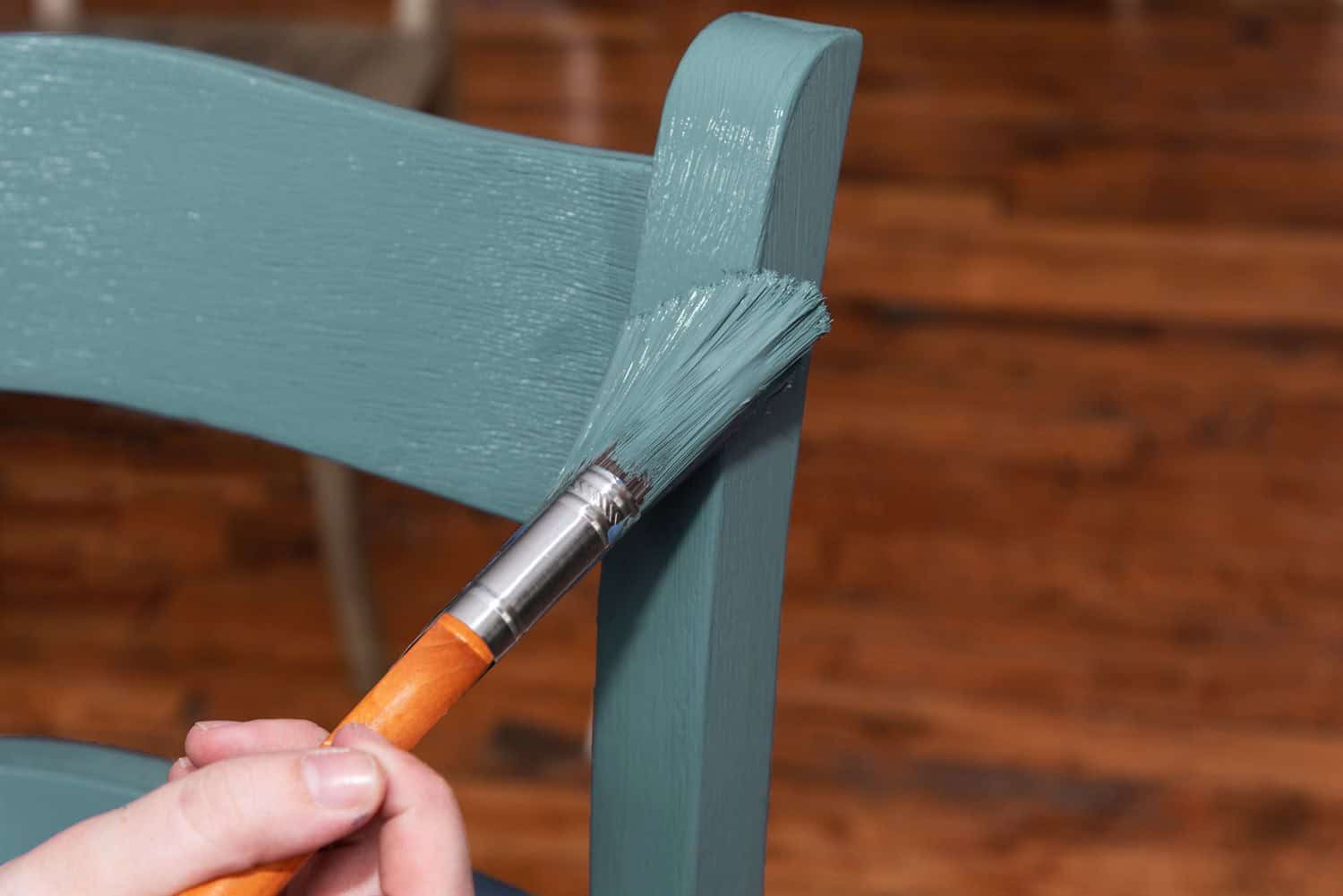 You can effectively accomplish different impacts while Staining over paint by choosing the proper utensils, dominating application procedures, trying other things with layering and mixing, and adding a defensive sealant.
You can effectively accomplish different impacts while Staining over paint by choosing the proper utensils, dominating application procedures, trying other things with layering and mixing, and adding a defensive sealant.
Test your picked Stain and processes on a little region first to guarantee the ideal outcomes before handling the whole task.
How to Test for Desired Shade
To test for the ideal shade while Staining over paint, follow these means:
1. Setting up a Test Board:
Cut a little scrap wood or utilize a subtle region on the painted surface to make a test board. 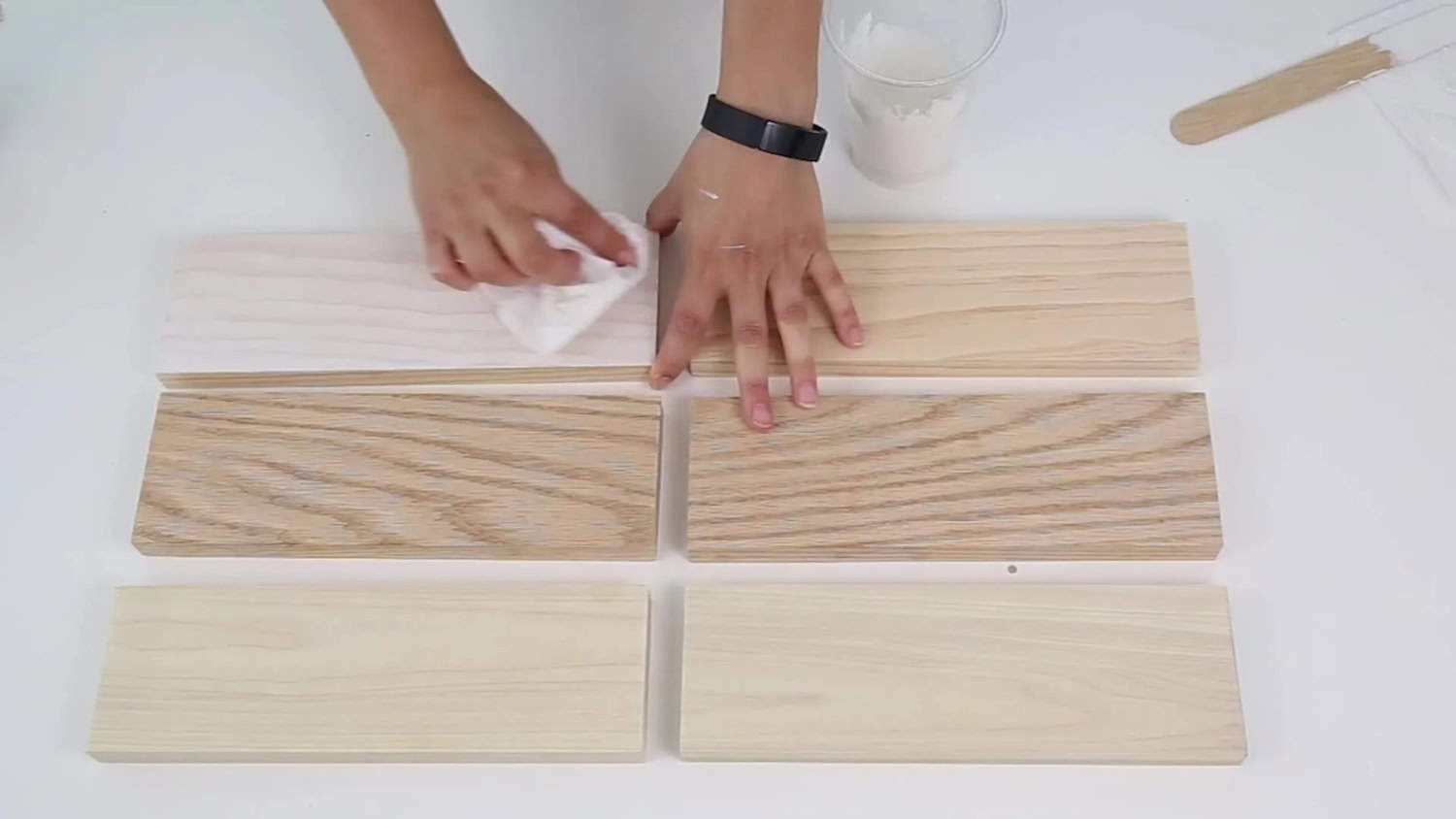 Sand the surface gently to eliminate any current completion and guarantee the test board addresses the fundamental nature of the Stain.
Sand the surface gently to eliminate any current completion and guarantee the test board addresses the fundamental nature of the Stain.
2. Applying Various Measures of Stain:
Apply the mess to the test board utilizing a brush or fabric, beginning with a limited quantity. Permit it to dry as per the producer’s directions.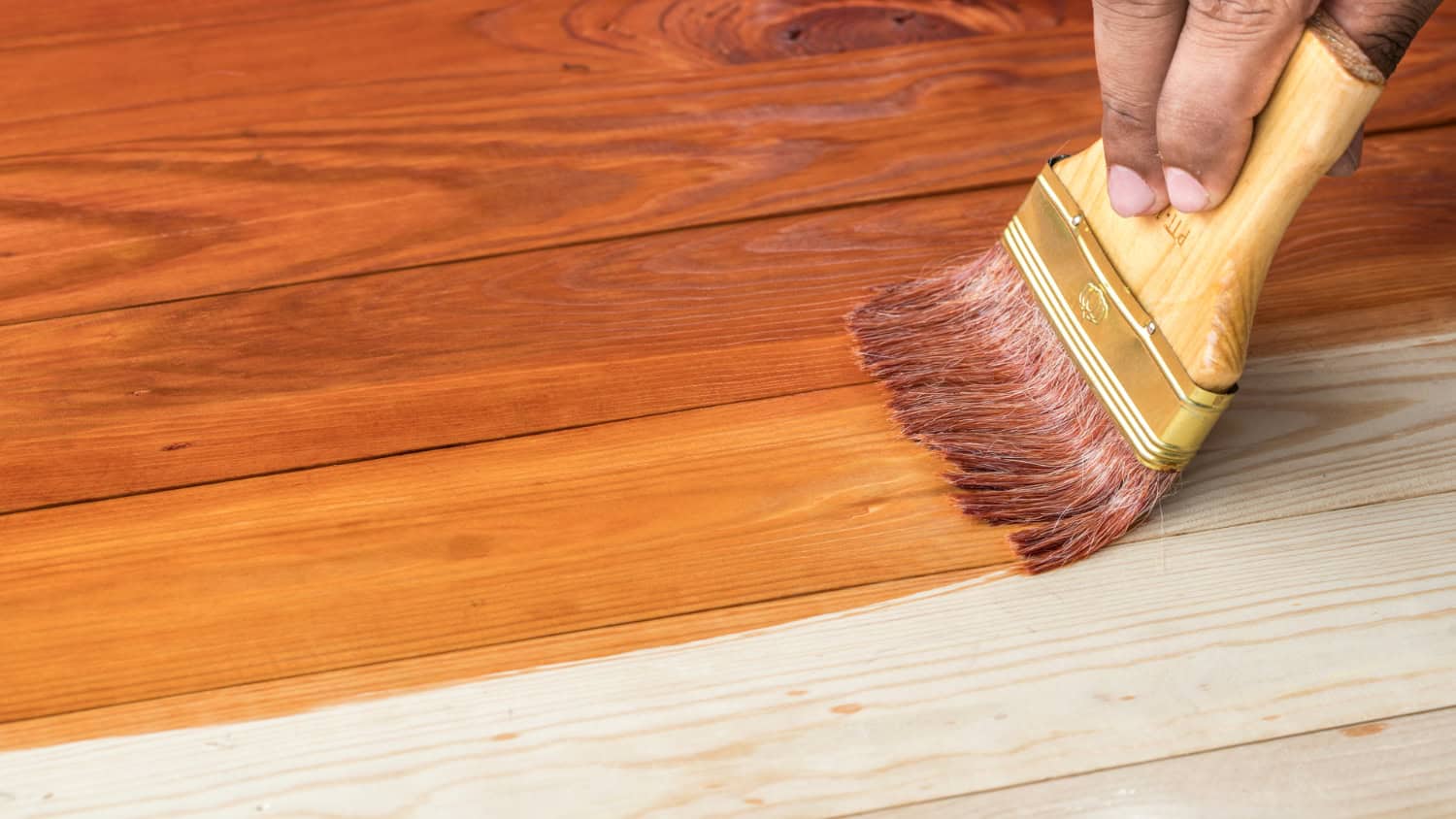 For correlation, rehash the cycle with extra layers of Stain, expanding the sum applied each time. This will provide you with a scope of shades to assess.
For correlation, rehash the cycle with extra layers of Stain, expanding the sum applied each time. This will provide you with a scope of shades to assess.
3. Looking at the Outcomes:
When the test board is dry, analyze the shades of Stain one next to the other. Survey how each Stain associates with the painted surface and how it supplements the current paint tone.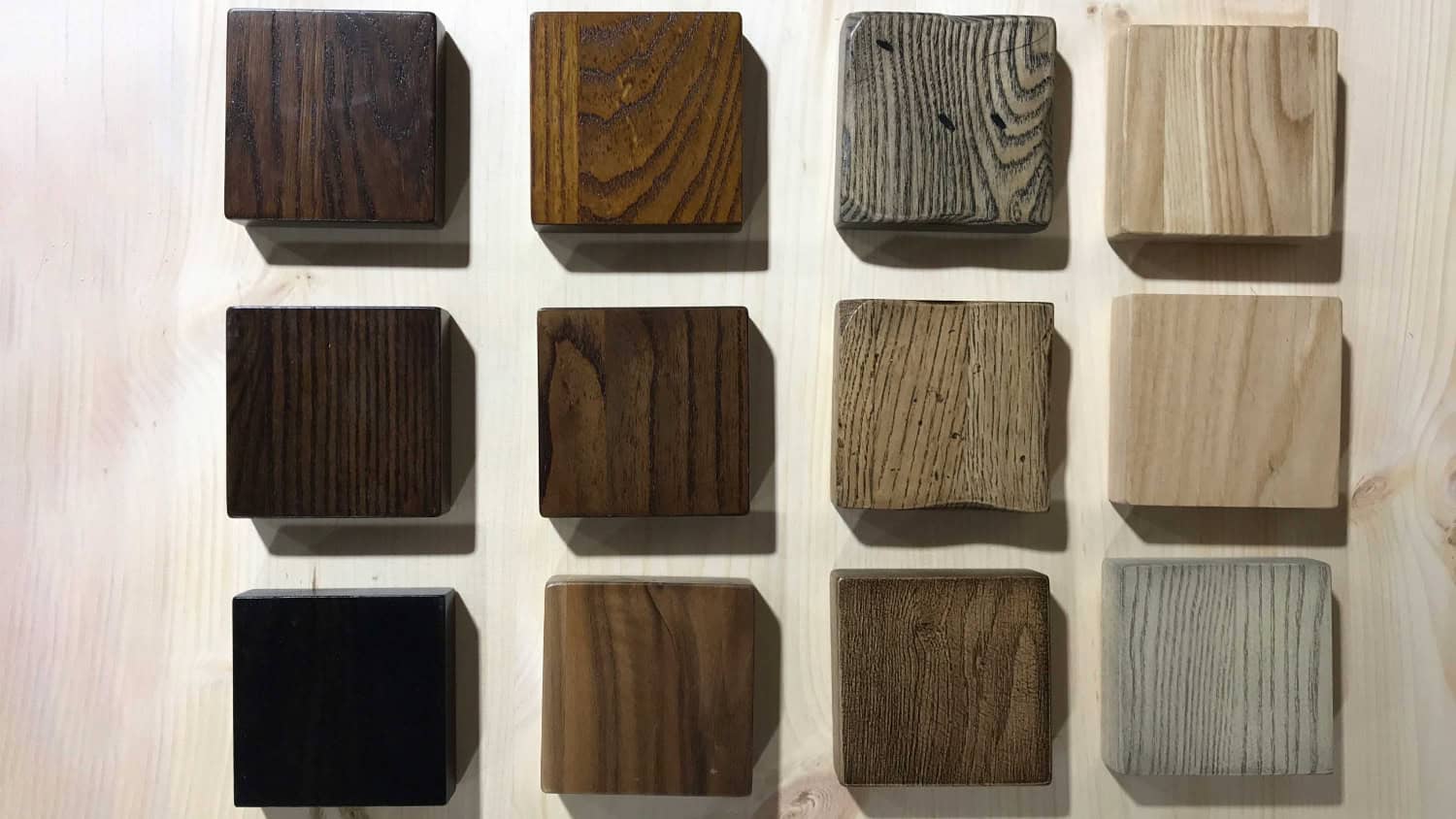 Pick the shade that best accomplishes your ideal look and mixes well with the general plan.
Pick the shade that best accomplishes your ideal look and mixes well with the general plan.
Testing for the ideal shade permits you to settle on informed choices and guarantee a fruitful Staining project with the perfect variety result.
FAQS
Presenting you with some FAQS.
Can I Stain painted wood?
Yes, you can Stain painted wood. Staining over paint is a technique that allows you to transform the appearance of painted surfaces by adding color and depth while preserving the underlying paint.
Do I need to remove the paint before Staining?
In most cases, you don't need to remove all the paint. However, it's crucial to sand the painted surface to create a rough texture for better Stain adhesion. Properly preparing the surface is essential for a successful Stain application.
What types of Stains work best on painted wood?
Both oil-based and water-based Stains can be used on painted wood. Oil-based Stains offer richer colors and longer drying times, while water-based Stains are easier to clean up and dry quickly
Can I achieve different effects when Staining over paint?
Yes, Staining over paint allows for various effects. For a faux wood-grain look, use a dry brush or ragging technique. Layering multiple coats of Stain can intensify the color. Experimenting with different Stain colors can create custom shades and unique effects.
Conclusion
In conclusion, Staining painted wood opens up a world of creative possibilities. This technique transforms the appearance of painted surfaces, adding depth and character to furniture, decor, and other wooden items.
You can achieve stunning results that elevate your projects’ overall look and feel by following proper preparation, testing, and application techniques.
Whether you opt for a faux wood-grain effect, a smooth and elegant Stain, or an experiment with custom color blends, Staining over paint offers a unique and rewarding way to breathe new life into old or uninspiring surfaces.
Embrace the process, unleash your creativity, and enjoy the artistry of Staining painted wood.

I am Sammy and I blog at Live it. Love it. Make it. It is creative lifestyle blog run by best friends H and Sammy. Head over and follow our crafty adventures!



